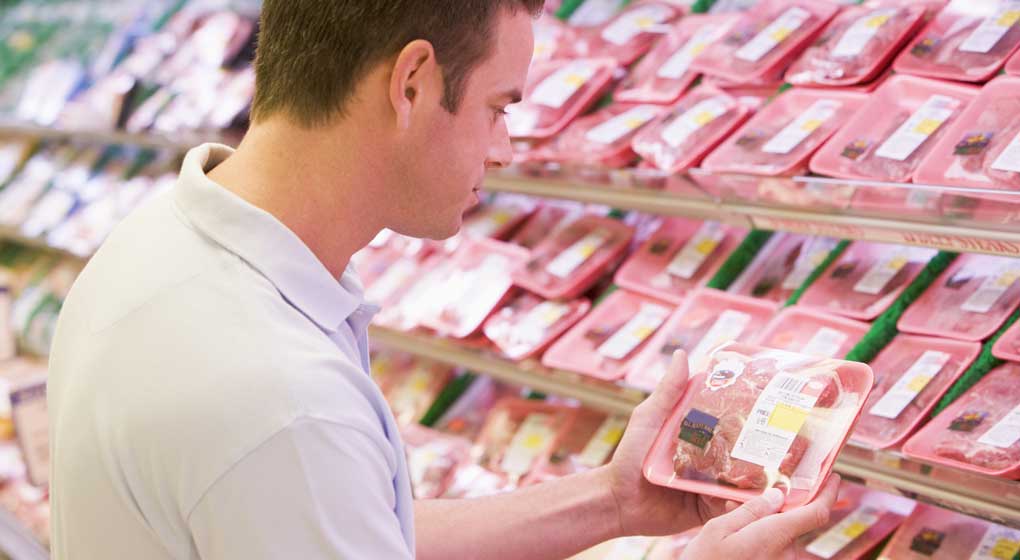Stricter meat product labelling could confuse consumers and raise prices
Recent calls by the Labelling Matters coalition for a change to how meat and dairy foods are labeled has generated a lot of consumer as well as Government interest.
DEFRA Secretary Michael Gove was quoted in a recent Times article saying “consumers deserve better information. We need to be clearer in our labelling about where food comes from and how food is produced. Better information can help us make the right choices for health and for the environment.”
There have been calls to implement the ‘method-of-production’ labelling system that has already been successfully introduced into the egg sector. But, while the principals of traceability behind the labelling debate are logical, their practical application to certain types of product poses a range of challenges.
The pork sector is a good example of this. There are a multitude of different systems currently in use across producers, making it virtually impossible to have a standardised description on labels of how a particular animal has been reared.
50% of all the beef sold in the UK is sold as mince that has been produced from carcasses of multiple origin.
Likewise, the ‘method-of-production’ system doesn’t give an accurate indication of other factors, such as quality of animal welfare. This is a much more complex area and involves things like veterinary care and stockmanship. It’s not a simple case of saying that ‘indoor’ is ‘bad’ and ‘outdoor’ is ‘good’.
Chief Executive of the National Pig Association, Zoe Davis explains that “there is a significant amount of meat that is sold at a lower tier to the one it was produced for. For example, not all of the meat from a free range or organic pig would be sold as such due to the lack of demand. Many cuts would be sold as ‘standard tier’ at a lower price, so there are questions as to how this would be labeled.”
Similar issues are present in all sectors of the meat industry. 50% of all the beef sold in the UK, for example, is sold as mince that has been produced from carcasses of multiple origin. To try and explain this complex supply chain on a label would incur extra cost in time and money, affecting prices to the consumer. Nor would it necessarily equip people with clear information on which to base their product choices in the same way that information about eggs does.
Before any new labelling rules are brought in, we need government and the regulators to understand the issues. Once the complexities are explained and the implications understood, the Government will be able to arrive at fully informed decisions on labelling regulations.






